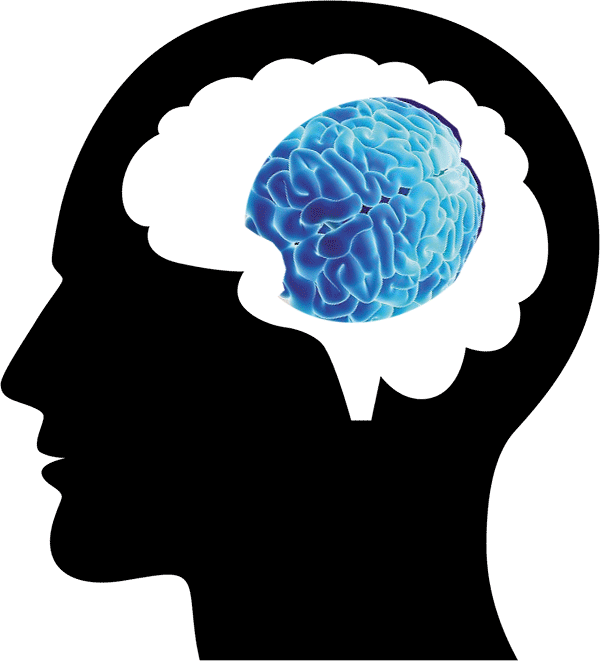

By: Dr.Layeeq-ur-Rahman Khan
IntroductionAttention-deficit hyperactivity disorder (ADHD) is composed of symptoms in three areas:
The behavioral disturbances must have been present for at least six months and must first have appeared before the age of 7. |
Extent of Disease
|
Causes:
|
Genetic Causes
|
HypersensesitivityHypersensitivity and idiosyncratic responses to food additives have been suggested as causes of the disorder, but these claims have not been scientifically validated. |
Maturational Lag:Some children have a maturational delay in developmental sequence and may show a clinical picture of ADHD that is temporary and disappears as maturational lags catch up to normal milestones at around puberty. |
Psychological Factors
|
Predisposing FactorsThese are child’s temperament, genetic familial factors and demands of society to adhere to a routinized way of behaving and performing. |
Clinical Features
Short attention span, distractibility, lack of perseveration, failure to finish things, inattention, poor concentration. (6) ImpulsivityAction before thought, abrupt shifts in activity, lack of organization, jumping up in class. Impulsiveness and an inability to delay gratification are characteristic. In school ADHD children may rapidly attack a test but answer only the first two questions. They may be unable to wait to be called on in school and may respond for everyone else and at home they cannot be put off for even a minute. (7) Disorders of Memory and Thinking(8) Specific Learning Disabilities (9) Disorders of Speech and Hearing (10) Equivocal Neurological Signs (11) Electroencephalographic (EEG) Irregularities. School difficulties, both learning and behavioral, are common, sometimes coming from concomitant developmental language disorders or academic skills disorders or from the children’s distractibility and fluctuating attention, which hamper their acquisition, retention and display of knowledge. The adverse reactions of school personnel to the behavior characteristic of ADHD and the lowering of self-regard because of felt inadequacies may combine with the adverse comments of peers to make school a place of unhappy defeat. This in turn, may lead to acting out antisocial behavior and self defeating, self punitive behaviors. |
Course:
|
Remission:
|
Treatment:PharmacotherapyThe pharmacological agents for ADHD are as follows. CNS stimulants:Dextroamphetamine, Methylphenidate and Pemoline. These drugs are controversial because they may suppress growth slightly. However, drug holidays over school vacation periods apparently result in rebounds in growth. There is also a debate about the potential for abuse and habit formation with these drugs. When used judiciously and within the recommended dosage range, the stimulants have benefits that outweigh their risks for abuse. Antidepressants:Imipramine has been tried with some success in ADHD. It is particularly helpful for ADHD plus depression or anxiety. Desipramine has benefited some ADHD children who failed to improve when given stimulants. It can also be used to treat ADHD with associated tics. They ar used with great care in children because of their potential cardiotoxic effects. PsychotherapyIndividual psychotherapy, behavior modification, parent counseling and treatment of any coexisting specific developmental disorder are necessary. When given medication, ADHD children should be given the opportunity to explore the meaning of the medication for them, helping dispel misconceptions. These children need to understand that they need not always be perfect. When ADHD children are not only allowed but also helped to structure their environment, their anxiety diminishes. Thus, their parents and teachers should set up a predictable structure of reward and punishment, using a behavior therapy model and applying it to the physical, temporal and interpersonal environment. An almost universal requirement is to help the parents recognize that permissiveness is not helpful to their child. Children with ADHD do not benefit from being exempted from the requirements, expectations and planning applicable to other children. |
Evaluation of Therapeutic ProgressMonitoring starts with the initiation of medication. Because school performance is most markedly affected, special attention and effort should be given to establishing and maintaining a close collaborative working relationship with the children’s school. In addition, medication can improve self-esteem when the ADHD children are no longer constantly reprimanded for behavior. |